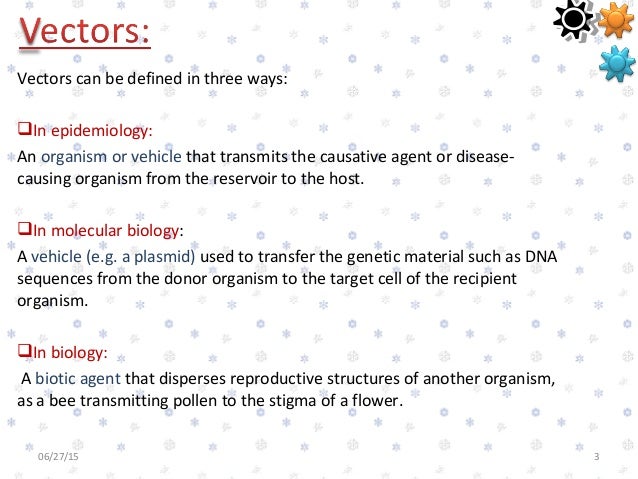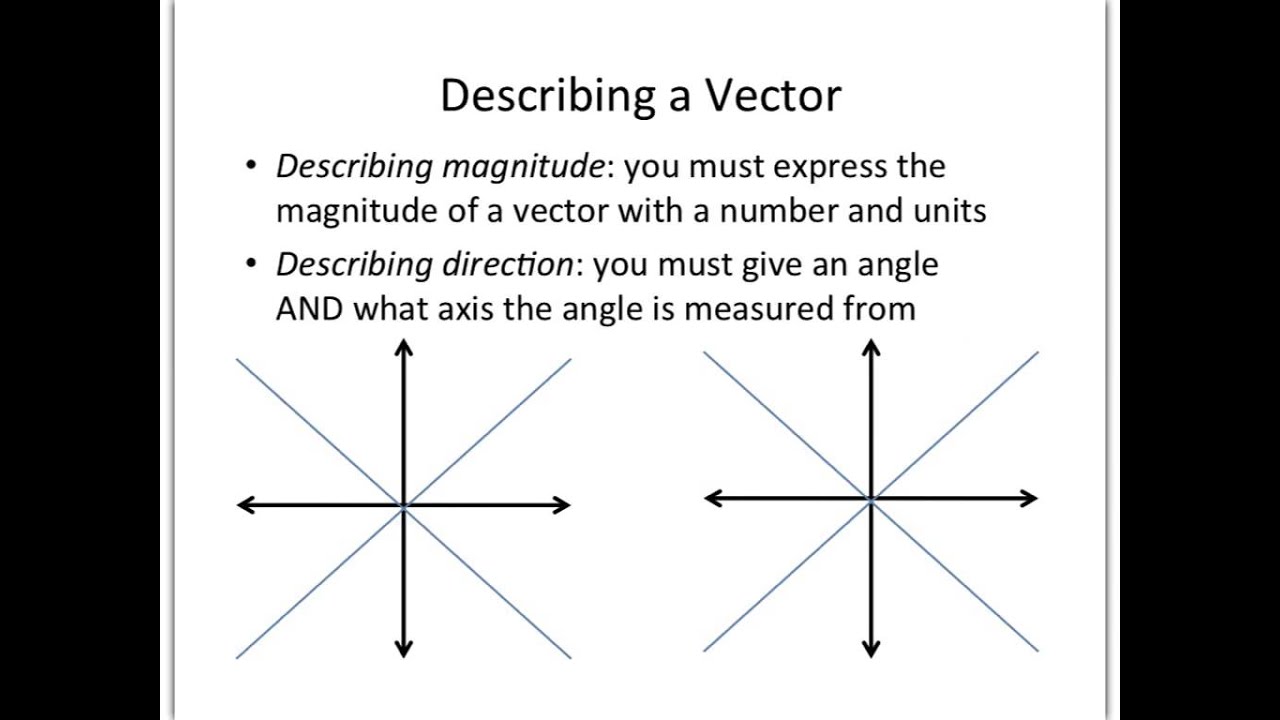
The advantageous of cosine similarity is, it predicts the document similarity even Euclidean is distance. Mathematically, it measures the cosine of the angle between two vectors (item1, item2) projected in an N-dimensional vector space. To overcome this flaw, the “Cosine Similarity” approach is used to find the similarity between the documents. This approach will not work even if the number of common words increases but the document talks about different topics. Why Cosine SimilarityĬount the common words or Euclidean distance is the general approach used to match similar documents which are based on counting the number of common words between the documents. Feature extraction for text classificationsĪfter the words are converted as vectors, we need to use some techniques such as Euclidean distance, Cosine Similarity to identify similar words.Word embeddings help in the following use cases. The process of converting words into numbers are called Vectorization. Word Embeddings or Word vectorization is a methodology in NLP to map words or phrases from vocabulary to a corresponding vector of real numbers which used to find word predictions, word similarities/semantics. Processing natural language text and extract useful information from the given word, a sentence using machine learning and deep learning techniques requires the string/text needs to be converted into a set of real numbers (a vector) - Word Embeddings. Print("Finding maximum element takes %0.Understanding NLP Word Embeddings - Text Vectorization


Print("Finding maximum element takes %0.9f units using built-in method"%time_builtin) Print("Finding maximum element takes %0.9f units using for loop"%time_forloop) Time_numpy = Timer(max_using_numpy).timeit(1) Time_builtin = Timer(max_using_built-in_method).timeit(1) Time_forloop = Timer(max_using_forloop).timeit(1) Print("Summing elements takes %0.9f units using numpy"%time_numpy) Print("Summing elements takes %0.9f units using builtin method"%time_builtin) Print("Summing elements takes %0.9f units using for loop"%time_forloop) Time_numpy = Timer(sum_using_numpy).timeit(1) Time_builtin = Timer(sum_using_builtin_method).timeit(1) Time_forloop = Timer(sum_using_forloop).timeit(1) NumPy being a C implementation of arrays in Python provides vectorized actions on NumPy arrays.Īrray = np.random.randint(1000, size=10**5) The main reason for this slow computation comes down to the dynamic nature of Python and the lack of compiler level optimizations which incur memory overheads. Python is an interpreted language and most of the implementation is slow. Python for-loops are slower than their C/C++ counterpart. Vectorized array operations will be faster than their pure Python equivalents, with the biggest impact in any kind of numerical computations. Instead, we use functions defined by various modules which are highly optimized that reduces the running and execution time of code. Vectorization is a technique of implementing array operations without using for loops. In this tutorial, we will learn about vectorizing operations on arrays in NumPy that speed up the execution of Python programs by comparing their execution time. This is where vectorization comes into play. Processing such a large amount of data in python can be slow as compared to other languages like C/C++. Many complex systems nowadays deal with a large amount of data. In this article, we’ll be learning about Vectorization.


 0 kommentar(er)
0 kommentar(er)
